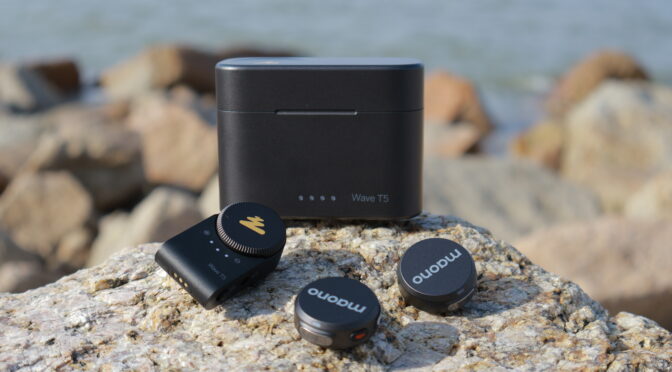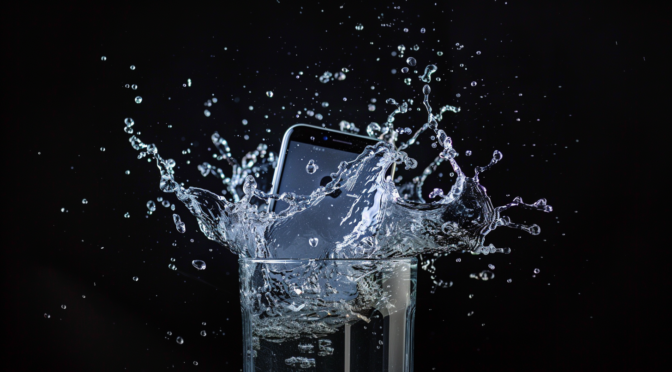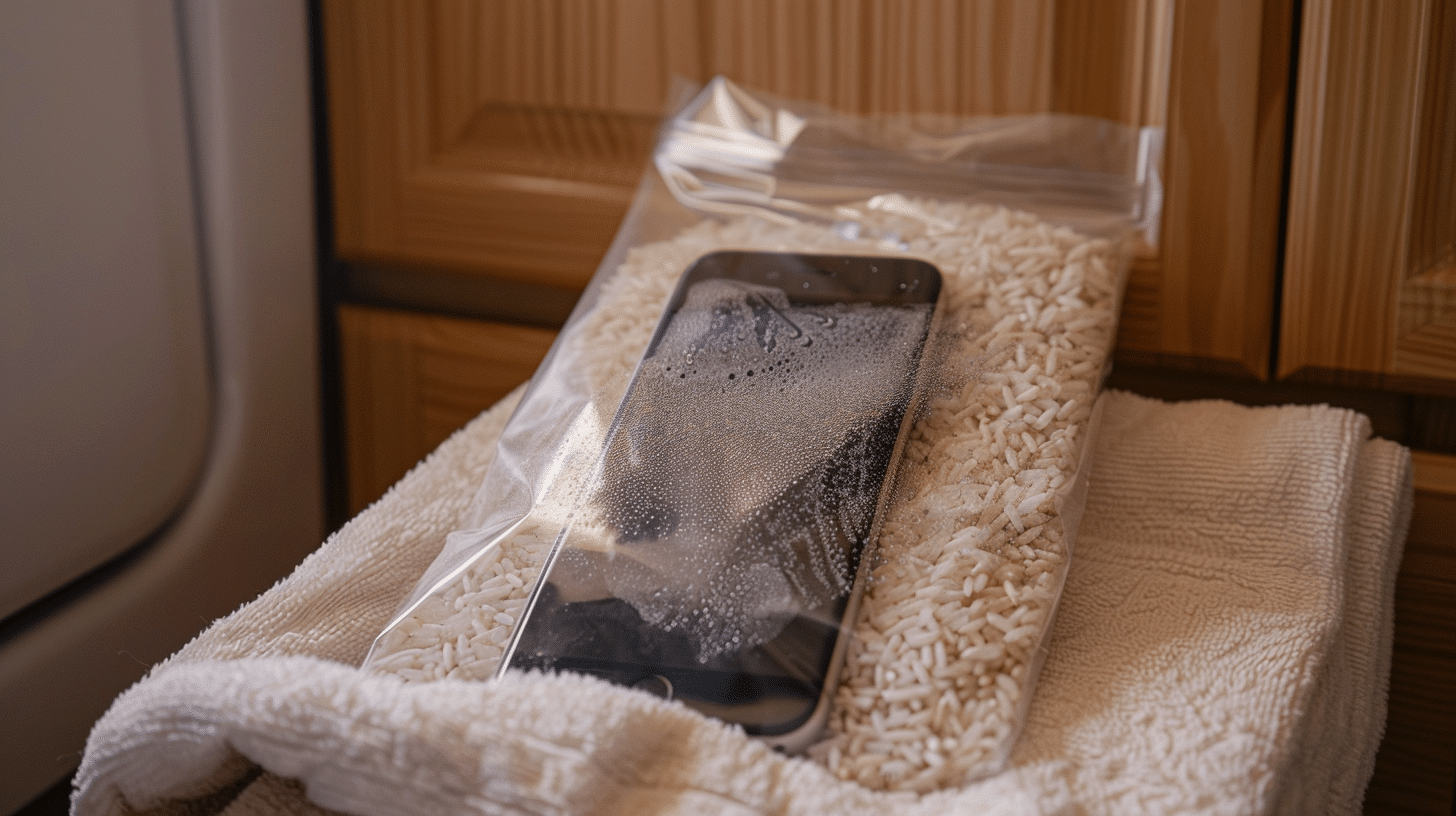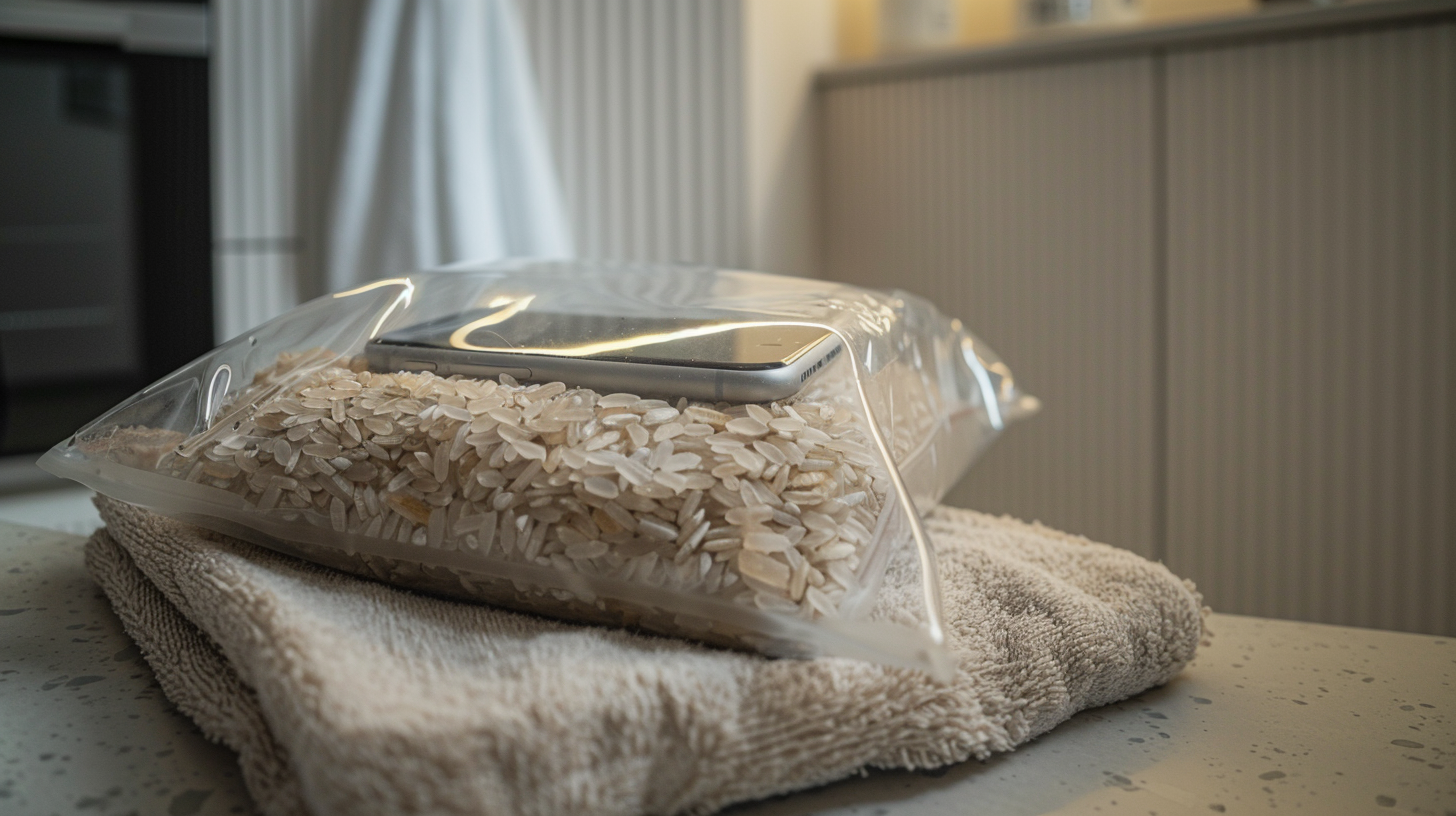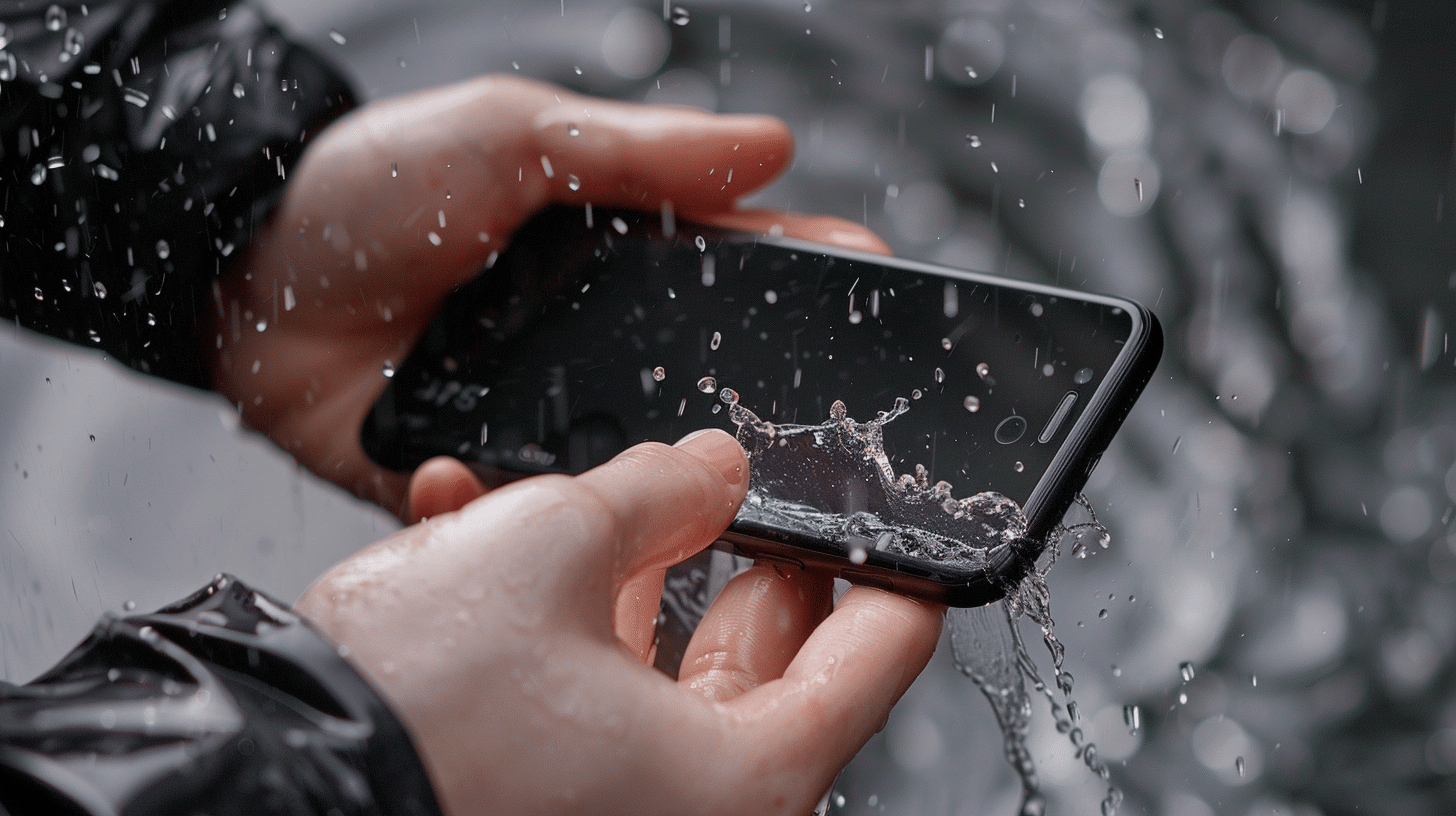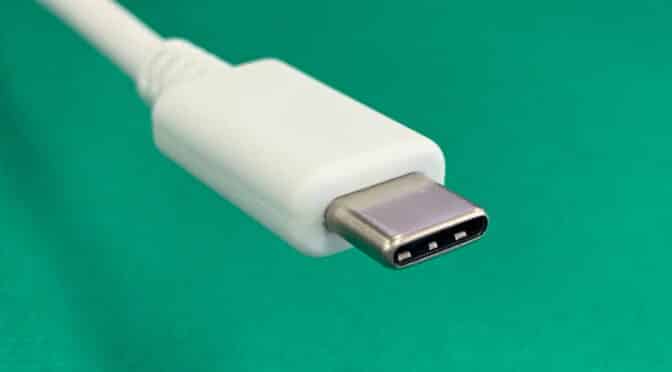If you’re a content creator, videographer, or photographer looking to elevate your audio game, the newly launched Maono Wave T5 Wireless Lavalier Microphone might just be your next must-have gadget. With exceptional sound quality, intelligent noise cancellation, and a 30-hour battery life, this compact mic is designed to deliver crystal-clear, professional-grade audio—wherever your creativity takes you.

Premium Audio in a Compact Lavalier Mic
The Wave T5 is engineered to capture every detail, from the quietest whispers to powerful vocal performances, thanks to its 120dB maximum SPL and 80dB signal-to-noise ratio. It delivers studio-level 48kHz/24-bit resolution, ensuring that every recording is crisp and full of depth.
One of its standout features is its advanced noise cancellation, which offers:
✅ Three noise cancellation modes
✅ 14 levels of noise reduction
✅ Clear, interference-free sound even in noisy environments
Designed for Content Creators on the Go
Built for convenience and ease of use, the Wave T5 introduces “Click to Mute, Hold to Shoot” functionality, making the recording process as intuitive as possible. With an impressive 30-hour battery life, you can record all day without interruptions.
Other notable features include:
🎙️ Magnetic attachment for flexible, comfortable wear
🎙️ Real-time playback for instant audio review
🎙️ Four voice filters (Vocal, Magnetic, Warm, Bright) to fine-tune your sound
🎙️ 300m wireless range, ensuring stable audio transmission
Versatile Compatibility for Any Setup
No matter what device you use, the Wave T5 has you covered with multiple receiver options:
🔹 USB Type-C – Works with iPhone 16/15, Samsung, OnePlus, iPad, MacBook
🔹 Lightning Connector – Compatible with iPhone 14 down to iPhone 6
🔹 3.5mm Receiver – For laptops, cameras, and PCs
Pricing & Availability
The Maono Wave T5 is available in four variations (Type-C, Lightning, Combo, and Camera) and can be purchased from:
📦 Amazon US & Maono’s website – Starting at $119.99
📦 Amazon UK – Launching end of March for £135
For more details and to purchase, visit Maono’s website or check it out on Amazon.

Final Thoughts
With its premium audio performance, long battery life, and flexible compatibility, the Maono Wave T5 is a game-changer for content creators and professionals alike. Whether you’re filming YouTube videos, interviews, podcasts, or live streams, this wireless lavalier mic delivers broadcast-quality audio in a compact, portable package.
Will you be upgrading your audio setup with the Wave T5? Let us know in the comments! 🎤✨

